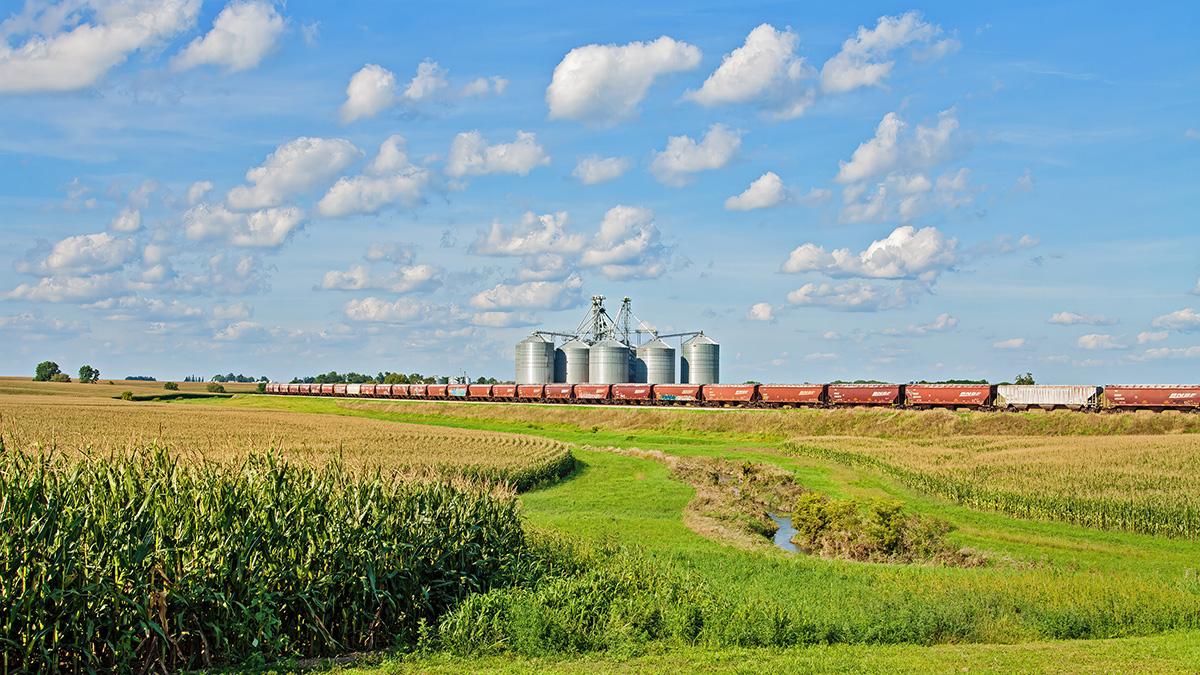Real Ag Stock.
This column was first published by Nebraska Farmer on Aug. 9, 2023, and is excerpted here with permission.
The agricultural economy in 2023 has been relatively strong by any historical measure, but it has also been clouded by a great deal of uncertainty and concern from producers.
Crop producers are beginning to assess concerns they have had all season over growing conditions and production potential. Producers face the uncertainty of global markets and conflicts, and they face the pressure of tighter margins as some commodity prices fall back while higher production costs persist.
They also face uncertainty in the policy arena, be it a new farm bill that is behind schedule or various federal and state policy developments that shape the operating environment for agriculture.
Production risks
The production risks of 2023 include the effects of droughts, floods, storms and more. Coupled with the uncertainty of markets trying to balance production and supply prospects against global demands and conflicts, producers face an increased level of risk and uncertainty for revenue and profitability and ultimately financial success. Integrating the range of production and market risk management tools effectively can be a continual challenge for producers.
Prices for many agricultural commodities have weakened over the past several months, even as they remain strong by historical standards. The real challenge, however, may be that output prices are weakening while input costs remain persistently high.
Costs have been rising sharply over the past few years, but higher commodity prices helped producers keep up. If commodity prices are now falling back toward long-run averages, margins could be the biggest challenge ahead for producers as production costs are slow to adjust. The resulting impacts on cash flow and profitability could stress the financial performance of operations and put an even greater emphasis on managing financial risk.
In the legal arena, both the development of new policies and the process itself have created risks and uncertainties for producers. Shifts in policy related to production methods — whether driven by federal, state or even supply chain requirements — could push producers toward a new operating environment.
At the same time, the lack of progress in some policy areas such as trade policy and federal farm policy leave producers with substantial questions as to the future of a federal safety net and trade-related market prospects.
Continued...
Full article via Nebraska Farmer